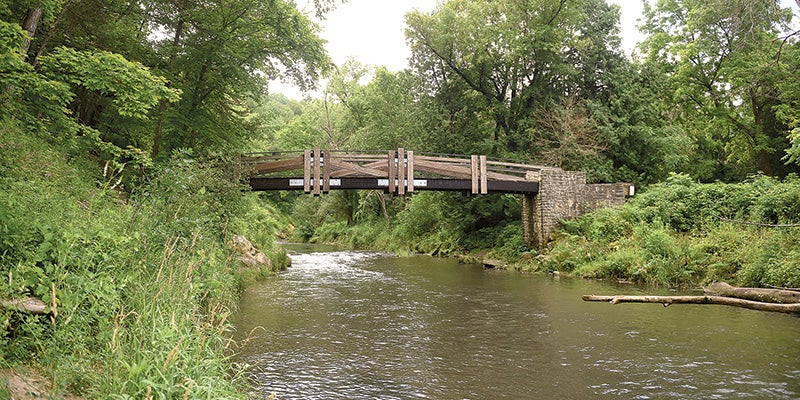Twin Cities metro’s outward sprawl slowed following recession
Published 3:00 pm Friday, June 30, 2017
By Eric Roper, Minneapolis Star Tribune
The Twin Cities suburbs aren’t sprawling like they were before the recession.
Instead, the seven-county metro area is growing taller and filling in, with new apartments and redevelopment of older buildings in more urban areas, according to a new Metropolitan Council aerial land-use survey.
Development in the metro area consumed 2,900 acres of open land per year, on average, from 2010 to 2016. In the early 2000s, metro-area development gobbled up an average of 7,500 acres per year. The shift can be seen across the landscape.
“We’re more likely to be growing upward than outward,” said Libby Starling, the Met Council’s manager for regional policy and research. She cited the population boom occurring in downtown Minneapolis.
Growth on open land did not stop altogether after the recession, however. Some of the biggest gains in newly developed land occurred in Maple Grove, Woodbury, Blaine, Empire Township and Oak Grove, according to data from the Met Council.
And more open land could be utilized if the single-family housing market improves. In Hugo, for example, City Administrator Bryan Bear said developers have exhausted vacant lots platted before the recession.
“We’re creating many hundreds of new lots again,” Bear said.
But older suburbs have seen an uptick in projects on little pockets of land within a built-out area or redevelopment altogether.
In Edina, the Southdale area has seen parking lots give way to apartments — with more proposed.
“We’re done with the horizontal and looking at the vertical,” Edina Mayor Jim Hovland said. “And that means density.”
Eden Prairie City Manager Rick Getschow said developers have switched from giant developments on open land to smaller infill or redevelopment projects. One proposed project near a future Southwest light rail stop would convert a Ruby Tuesday’s and Anchor Bank into a mixed-use development with more than 200 units of housing.
“We do not have much open raw land available for development,” Getschow said.
Surveying over time
It’s unclear if the pattern of more dense, urban development will be permanent.
The majority of new housing units built between 2010 and 2016 were in multifamily developments, but the Met Council survey showed that single-family housing developments were less dense than in the past.
“As single-family detached builders came back into the market earlier in the decade, they probably were starting more on the larger-lot, higher-end” properties, Starling said. “More recently, we are seeing increases in density as builders are getting more comfortable building new homes at more of a range of price points.”
Still, the Met Council expects demand for newly constructed single-family homes will eventually diminish as baby boomers begin to move out of the suburban homes they bought in the 1970s and 1980s.
“At that point, there are not enough millennials coming in to take on all of the homes that at some point people are going to want to start selling,” Starling said.
The Met Council studies land-use patterns by flying an airplane over the metro area in the springtime — when there is little snow and a sparse tree canopy — and taking photos for analysis. The process is repeated every five to seven years.
The 2016 survey showed that half the Twin Cities metro area is farmland or undeveloped. Starling said the next analysis, in 2020, will show if the slower outward growth “is a pivot or if this is a one-time, post-recessionary pattern.”
Pressure on parkland
The analysis also revealed changes in parkland, which constitutes 11 percent of the seven-county metro area.
The Twin Cities boasts more than 200,000 acres of park and recreation space. But the addition of new parkland has also slowed dramatically, with less growth in this period than any other survey dating to the 1980s.
The slowdown, combined with a growing population now exceeding 3 million people, resulted in a drop in parkland per capita.
“As the region grows in terms of population, that per capita number is going to drop,” said Jim Erkel with the Minnesota Center for Environmental Advocacy. “One of the big questions is where it sits on the landscape and who has access to it.”
In some cases, the slower growth in park and rec space can be attributed to the conversion of golf courses to other uses. Parkview Golf Club in Eagan, for example, is being turned into a housing development.
But Starling said the Twin Cities may simply be running out of obvious places to create parks within a finite area.
“Some of it is that some of the best places may have already been preserved, so that there’s simply fewer opportunities for great parkland to be identified,” she said.



